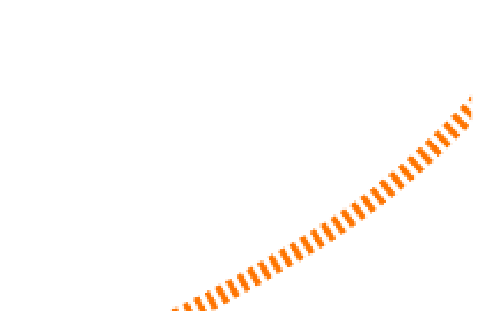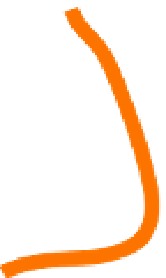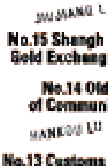Travel Reference
In-Depth Information
copy of it (or a yapping mechan-
ical dog). One reason for this
disparity is the almost complete
disconnect between the two sides
of the road; take note that the only
place to cross over nearby is the
underpass roughly opposite Beijing
Dong Lu. This will take you past
the entrance to the
Bund Tourist
Tu nnel
, the psychedelic gateway
to Pudong.
Back on the west side of the street
and walking south down the Bund,
you'll pass a succession of grandiose
Neoclassical edifices, once built to
house the great foreign enterprises.
Jardine Matheson, founded by
William Jardine - the man who did
more than any other individual to
precipitate the Opium Wars and
open Shanghai up to foreign trade
(see p.176) - was the first foreign
concern to buy land in Shanghai.
Their former base (they lost all of
their holdings in China after 1949),
just north of the
Peace Hotel
at
l
no. 27, is now occupied by the
China Textiles Export Corpo-
ration
. It's seen a lot of different
nationalities come and go: in 1941
the British Embassy occupied the
top floor (facing the German
Embassy, just across the road),
shortly after which it was requisi-
tioned by the Japanese navy, before
doing service as the American
consulate.
One of the Bund's more modern
structures is the
Bank of China
at no. 23, built in 1937 in the
Chicago style with a Chinese hat
as concession to local sensibilities.
Next door, the
Agricultural
Bank of China
, originally the
Yokohama Bank, is rather more
successful in its blend of eastern
and neo-Grecian styles. Unfortu-
nately (but hardly surprisingly)
only a couple of the Japanese
martial sculptures that once
ornamented the acade have
survived; look above the first-floor
windows.
51











































































































































































































































































































































































































